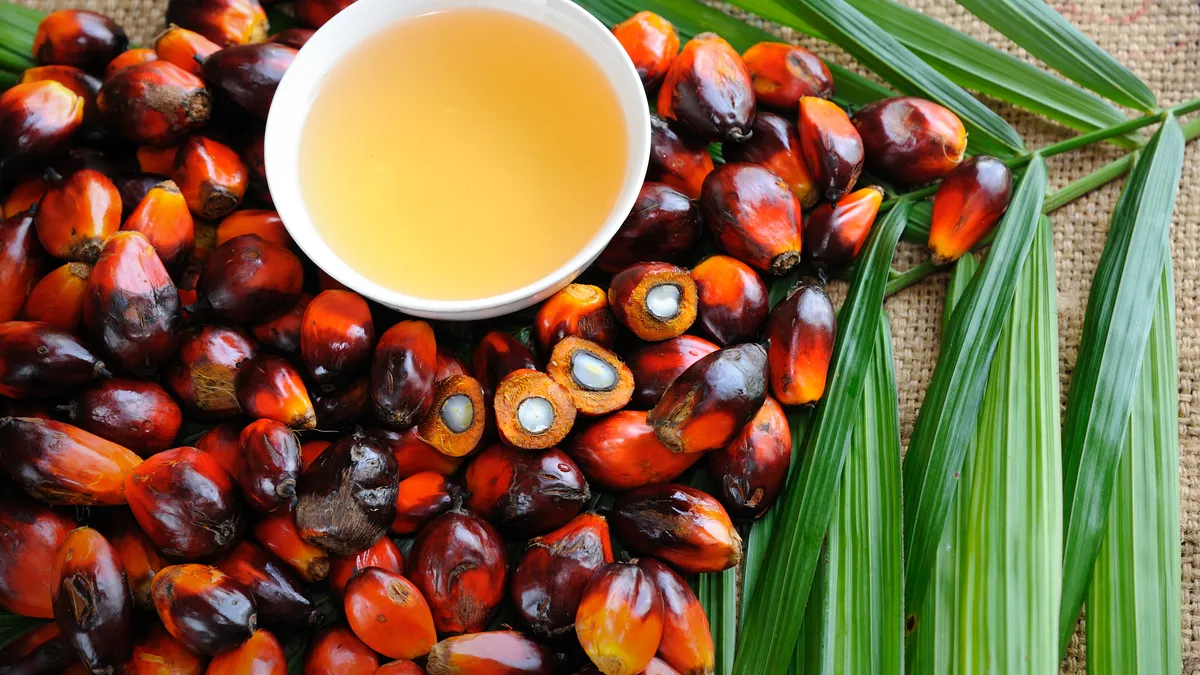Dive Brief:
- Global food prices hit an 11-year high in January, mainly driven by vegetable oils, according to the latest FAO Food Price Index, a monthly measure of international prices for commonly traded food commodities.
- The FAO's Vegetable Oils Price Index rose 4.2% in January, setting an all-time high. Palm oil prices rose on concerns over supply from Indonesia, the world’s largest exporter of the ingredient, while soy, sunflower seed and rapeseed oil prices also grew around tighter supplies and growing demand.
- Continuing supply chain disruptions around the world, driven by a mix of labor shortages, extreme weather and unrelenting demand, have pushed food commodity prices upward and pressured CPGs to pass along the higher costs in 2022.
Dive Insight:
Used in everything from food to fuel, vegetable oils truly grease the world economy. With so much demand and supply for some types of oils limited to a few nations, it doesn't take much to trigger an upward price trend.
"Reduced export availabilities on top of other supply-side constraints, especially labour shortages and unfavourable weather, largely pushed vegetable oil prices up to an all-time high," said Boubaker Ben-Belhassen, director of FAO’s Markets and Trade Division, in a statement. "There is a concern the impacts of these constraints will not ease quickly."
Palm oil is one of many key ingredients facing supply constraints. The oil, which crystallizes the dynamics at work in food products, is present in everything from chips, ice cream and frozen pizza dough, to detergent and beauty products, as well as biofuel.
Much of the increase in palm oil prices has been driven by concerns that Indonesia, the largest producer and exporter globally, would tighten exports to help it control rising prices at home. The nation issued a mandate in January requiring domestic producers to set aside 20% of their palm oil shipments for local buyers, S&P Global reported. This could encourage countries to shift to Malaysia, the second-largest producer, for supply — or even switch to different oils, like soybean, for their needs, according to Nikkei Asia.
The combination of price increases and shifting supply situations have led to a complex calculus for food manufacturers: They must decide when or whether to raise prices and cover their costs.















